Ecology in Sunderland
This north east coast city blends maritime roots with new development. Sunderland is traversed by the River Wear, flanked by green suburbs like Fulwell, and surrounded by woodlands such as Barnes and South Moor. These habitats offer excellent opportunities for local bat populations to roost and forage, especially near green spaces, older buildings, industrial docks, and flowing waterways. For this reason, a bat survey in Sunderland is frequently essential when undertaking development projects that could impact bat roosts or their habitat.
Roosting bats commonly seek out hidden and sheltered spaces such as attic voids, disused barns, wall cavities, tree hollows, and spaces beneath loose masonry or cladding. In Sunderland, bat-friendly features abound, from the historic Riverside buildings to Weetslade Valleys, making bat surveys crucial when considering development schemes.
Work like loft conversions, tree clearance, or refurbishment of old structures may inadvertently disturb bats. That’s why a proper ecological assessments, including bat surveys, is imperative to ensure development is viable, compliant, and wildlife friendly.

UK Law
All bat species and their roosts are strictly protected under the Wildlife and Countryside Act 1981 and the Conservation of Habitats and Species Regulations 2017. These laws make it illegal to intentionally or recklessly harm, disturb bats, kill bats, or to damage or obstruct their roosts even when bats are not present. Sunderland City Council and local planning authorities take these protected species laws seriously and often require a bat survey in Sunderland to evidence awareness of ecological constraints.
When a development may affect bats or their roosts, a European Protected Species Licence (EPSL) from Natural England is mandatory. Obtaining such a licence demands thorough bat surveys and clear mitigation plans, highlighting the importance of involving ecological consultants early in your project to ensure legal and timely compliance.
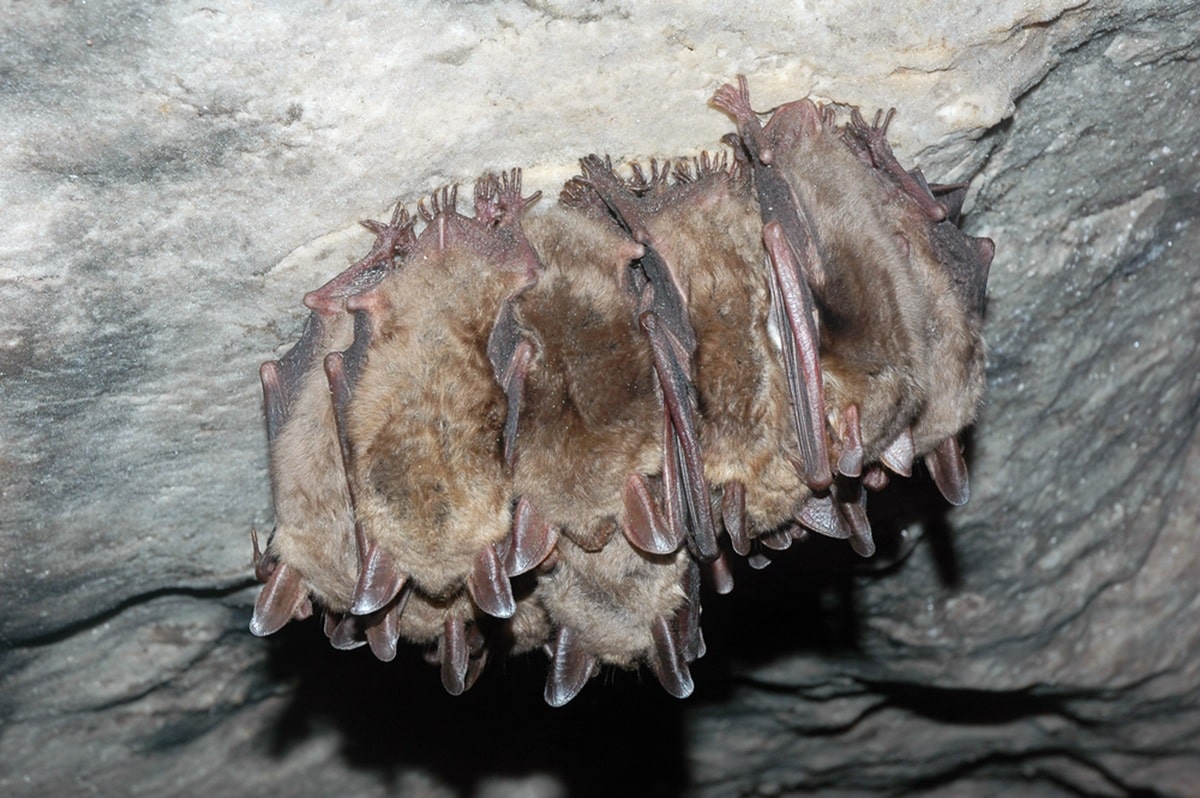
Bat Conservation
Local conservation efforts play a vital role in safeguarding Sunderland’s bat populations. The North East England Bat Group, along with the national Bat Conservation Trust, promote bat-aware planning, good practice guidelines and public education.
These groups support bat recording, rescue operations, and community outreach. Their presence reflects Sunderland’s commitment to maintaining healthy bat habitats in urban and suburban landscapes.
Bat species such as common pipistrelles, soprano pipistrelles, noctules, and brown long-eared bats have all been recorded in this part of the north east and North Yorkshire. Their habitat preferences vary, from green corridors to rooftop crevices, meaning that bat activity in Sunderland is both diverse and widespread. Consequently, development proposals affecting such habitats often trigger the need for comprehensive bat surveys.
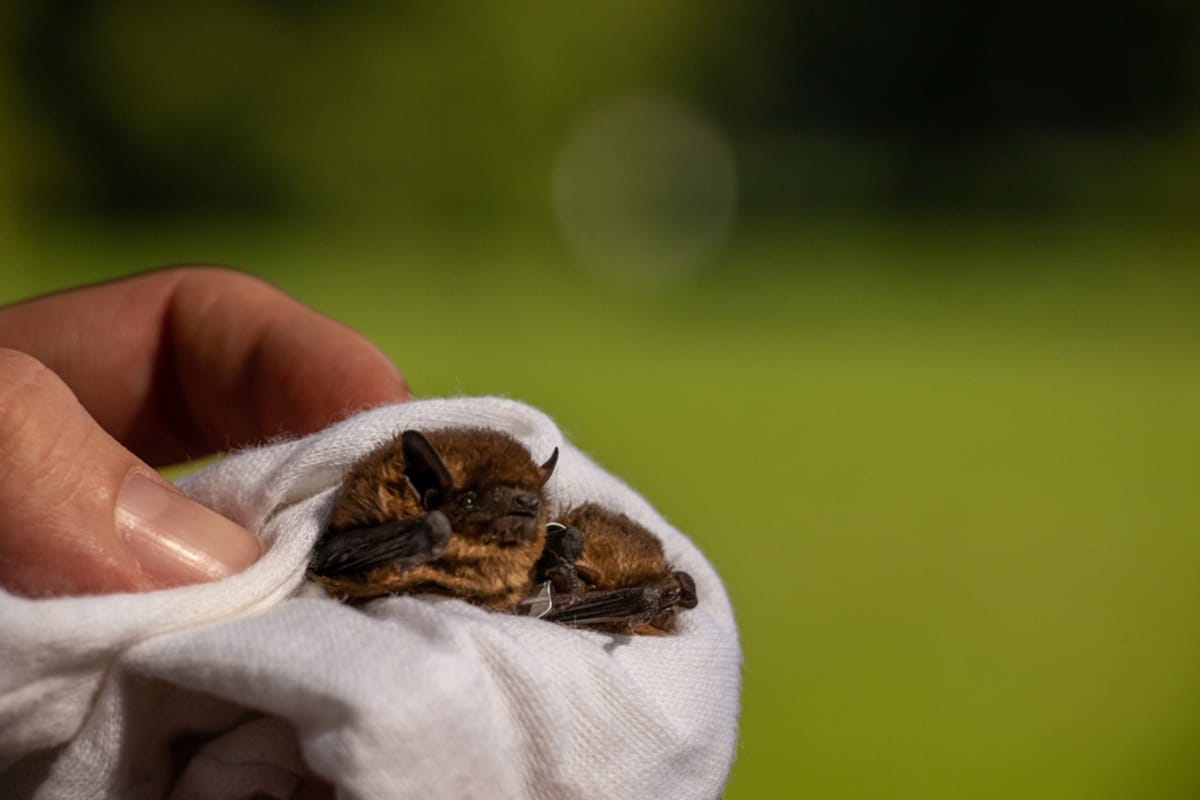
When are Bat Surveys Necessary?
A bat survey is typically required when a proposed project involves structures or features with high bat suitability, such as old buildings, mature trees, or areas near water and woodland. A Preliminary Ecological Appraisal often triggers the requirement for a bat survey by identifying evidence of bat activity or suitable bat habitat.
This appraisal involves a desk study and site visit to make an internal and external inspection of features on the site, searching for evidence of the presence of bats. It may also highlight the need for further surveys such as great crested newt surveys, reptile surveys or bird surveys. The first stage in the bat survey process is the Preliminary Roost Assessment.
A Preliminary Roost Assessment must be performed by a licensed ecologist. These bat surveys involve a site inspection to check for the presence of bats; ecological consultants will look for roosting bats, bat droppings, grease marks around entry points on buildings, potential roosting sites and feeding remains.
If the Preliminary Roost Assessment indicates possible bat presence or roosting features, then further bat surveys will be needed, namely Bat Emergence and Re Entry Surveys. In some cases hibernation surveys will be needed in the winter months.
Also known as dusk emergence and dawn re entry surveys, bat emergence and re entry surveys are carried out in the summer months between May and September. Ecological consultants monitor bat activity at dusk and dawn using specialist tools like bat detectors and thermal imaging. Bat detectors interpret bat echolocation calls to help in species identification and population assessment.
Data collected from these bat surveys forms the backbone of informed mitigation planning based on species presence and bat activity patterns.
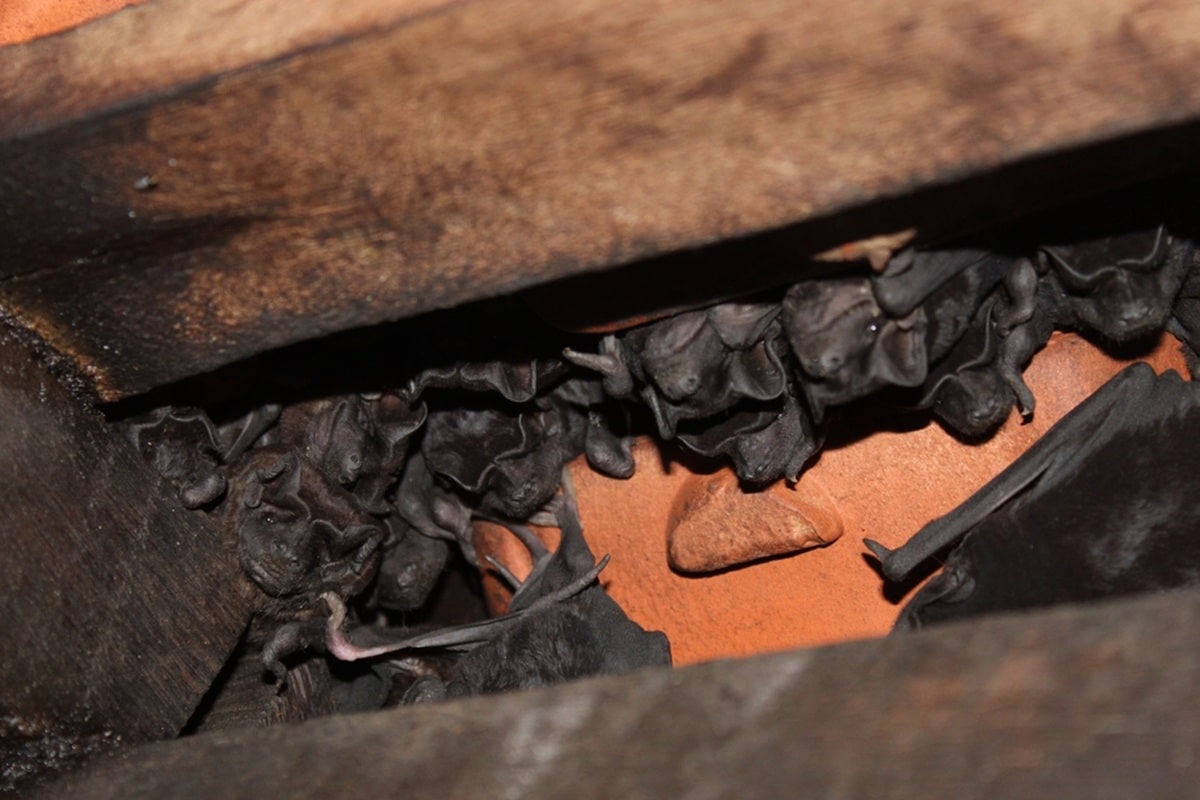
Bat Report
Upon completion of all bat surveys, an ecologist prepares a detailed bat survey report, including site descriptions, findings, maps, photographs, and clear guidance. If the result is a likely absence of bats, the report can be used to support an application for planning permission.
If bat surveys prove that there are bats present, the report includes mitigation strategies and advises whether a bat licence is required. This documentation is integral to planning submissions and demonstrates that your project complies with conservation legislation.
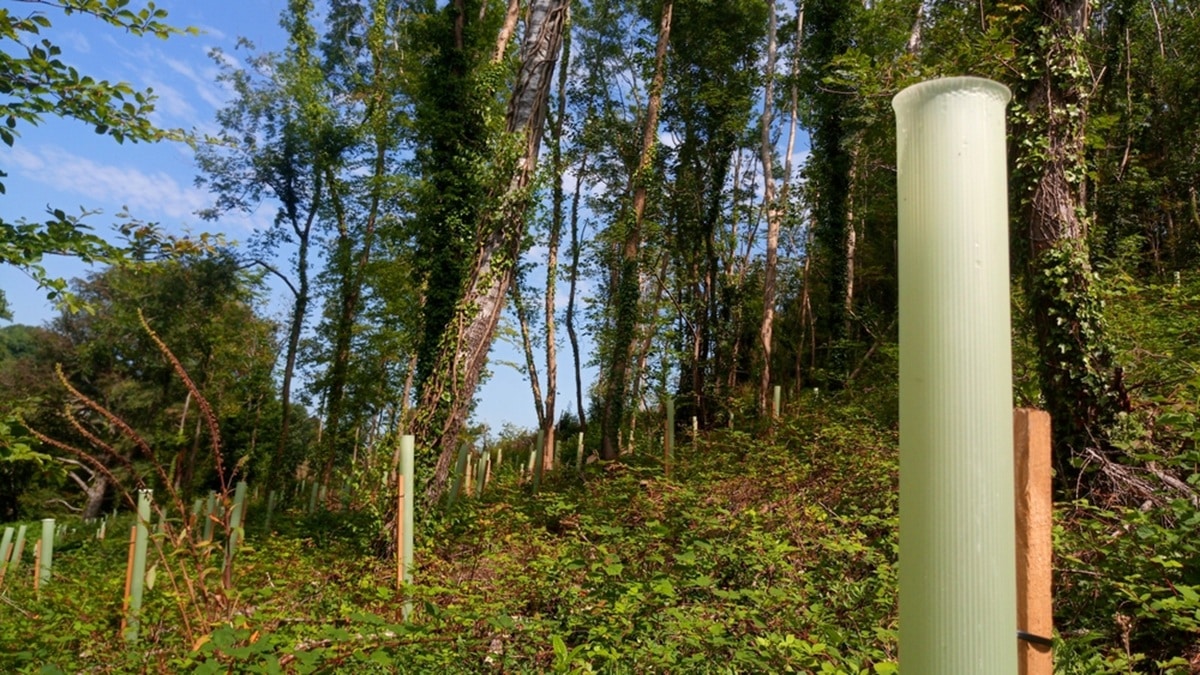
Mitigation
If roosting sites or bat usage are confirmed by a re entry survey, mitigation might involve installing bat boxes, scheduling works outside of active seasons, or incorporating bat roost features into new buildings. In many cases of habitat loss, a new planting scheme may form acceptable mitigation.
When disturbance is unavoidable, our team of professional ecologists can manage the EPSL application on your behalf, preparing method statements, ecological risk assessments, and habitat enhancement proposals to support Natural England’s application process.
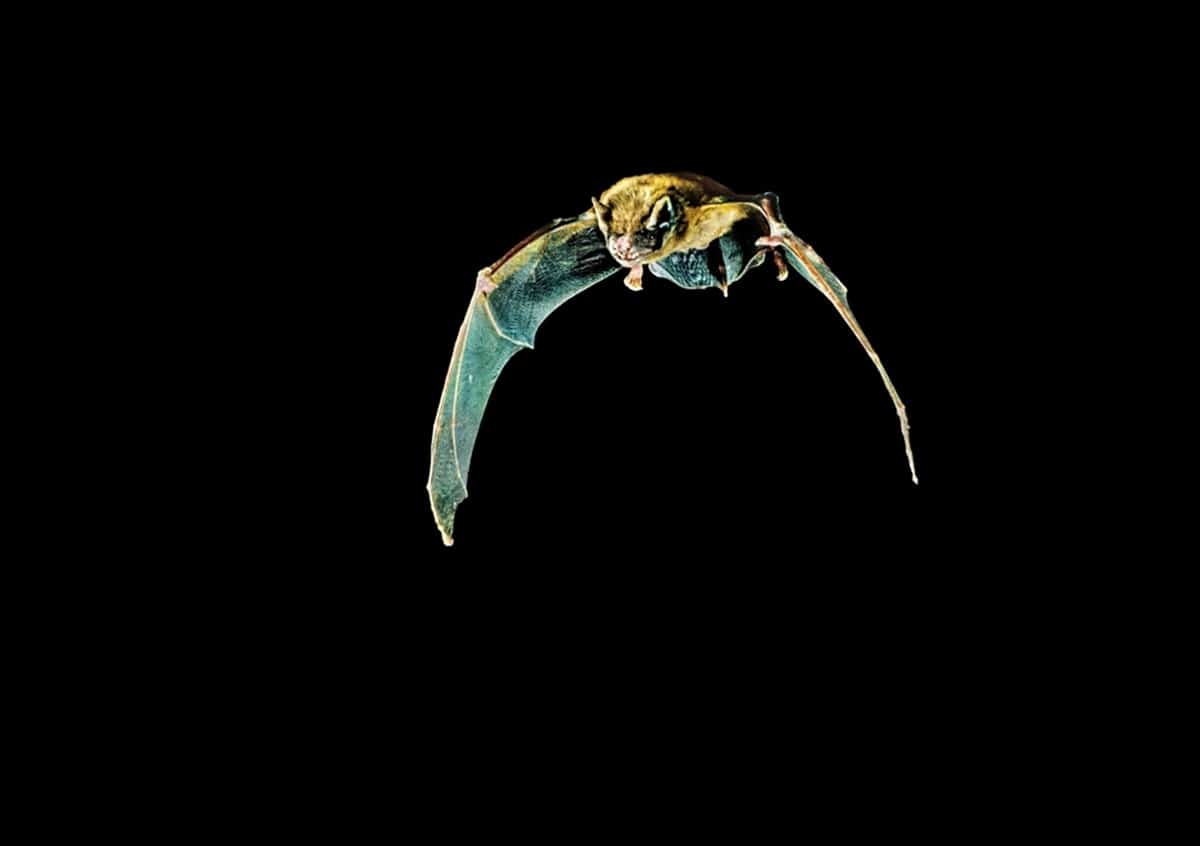
Expert Bat Surveys
Our consultancy delivers professional bat survey services in the local area surrounding Sunderland, County Durham and North Yorkshire. We have extensive experience of collaborating with developers, conservation bodies, planning consultants, and homeowners, identifying ecological constraints early and integrating practical, compliant solutions to enable the granting of planning permission.
Our licensed ecologists are familiar with local planning authority priorities in Sunderland, having worked on diverse projects ranging from residential renovations to waterfront regeneration.
Our full range of ecology services includes preliminary ecological appraisals, preliminary roost assessments, a bat emergence and re entry survey, ecological surveys and other protected species surveys such as water vole surveys and nesting bird surveys.
Bat Survey Quote
If your development may impact bats or their roosting habitats, contact us for further information and a no-obligation, free quote. You can call us on the above telephone number or email us. Just share your site address and a brief project description and we’ll advise whether a bat survey in Sunderland is necessary for your planning application and guide your next steps.
If required, we’ll schedule your survey promptly and support you through the entire process to ensure that bats are fully protected in your planning application.
Working with expert ecologists ensures your project stays on track, remains legally compliant, and contributes to the conservation of England’s protected species.
